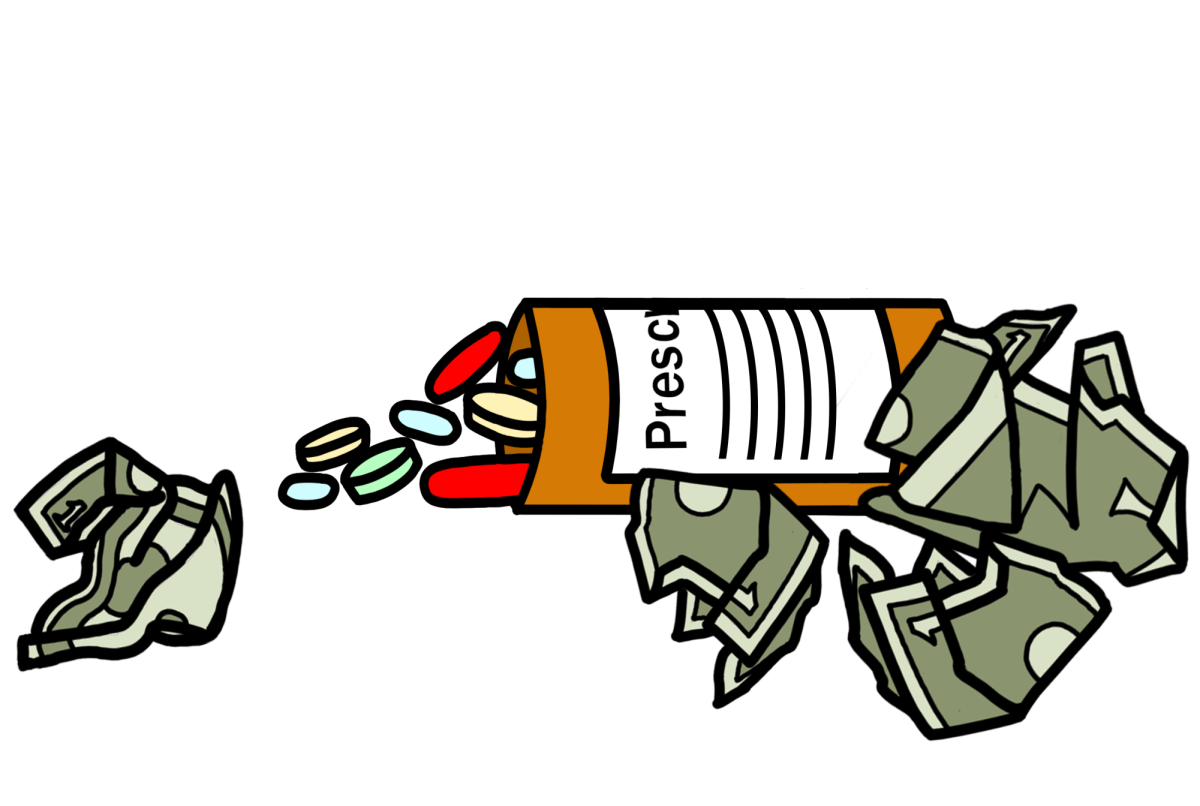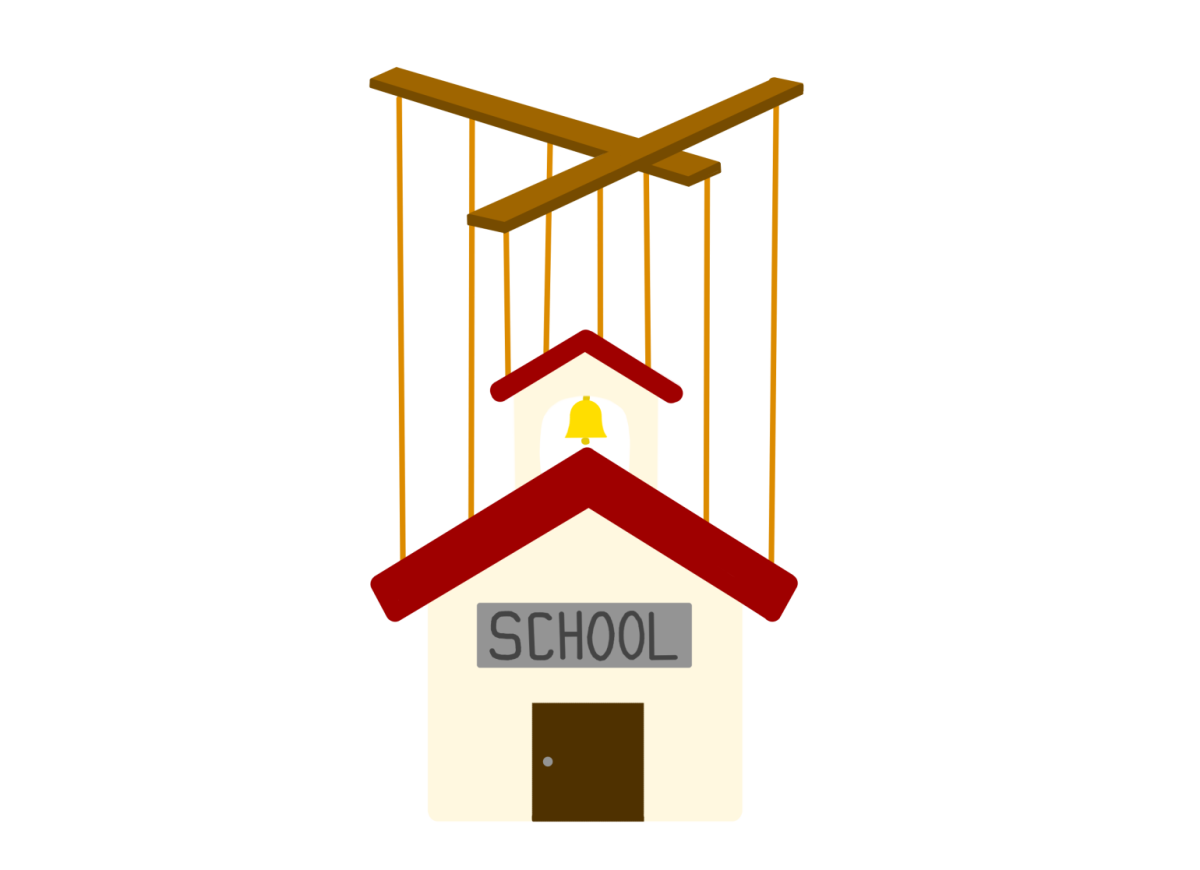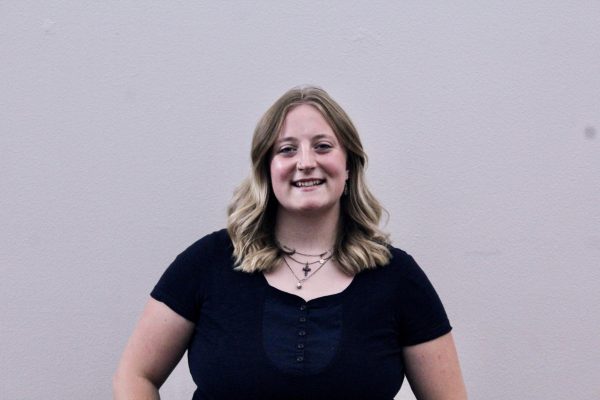More than 106,000 people in the United States died in 2021 due to drug-involved overdose. 1,146 of those deaths were teenagers. In order to assist in addiction recovery, treatment needs to be more available to everyone, specifically teenagers.
Thousands of young people struggle everyday from substance abuse issues, but they’re not finding any approachable sources of treatment due to affordability and lack of awareness.“Even if I did decide to look at treatment centers, I couldn’t afford them,” junior Riley Brensen* said, whose name has been changed to protect their privacy. Riley* has been in active recovery for a year and four months.
In the U.S., the average price of inpatient care per day ranges from $500 to $600, and a 30 day program averages to about $12,500, according to the National Center For Drug Abuse Statistics. And while there are many different treatment centers within the Denver Metro Area, including Sandstone, The Cornerstone Program, and Denver Springs, many students find those programs completely unattainable.
“A lot of times, recovery treatment places are expensive, like intensive outpatient care, residentials, detoxes, places like that,” said senior Micheal Kirk*, whose name has been changed to protect their privacy. “If you are less fortunate than others and you don’t have [a] specific insurance, then you’re kind of out of luck there and you’re screwed over.”
For Creek students, there are in-school programs to help with substance abuse, but they rely on the student being caught using drugs on school property. If students are caught with substances, they have the option of facing a ten-day suspension or meeting with Creek’s Substance Abuse Prevention Specialist, Sarah White, to potentially reduce their suspension to three days.
“It’s not always solely focused on a substance,” White said. “Really my whole goal is to meet the student where they’re at and, [figure out if] school stress is their issue or maybe [it’s their] friendships.”
Most Creek students didn’t even know that there was an Abuse Prevention Specialist because its addition went unnoticed.
“I know there’s counselors at Creek, but I didn’t know there was one specifically for drugs and substance abuse,” Kirk* said.
Without help from a counselor at Creek or different services, addiction affects the user but also leaves a tremendous impact on families. The strain that’s put on the relationships causes a sense of hurt and betrayal as well as confusion and fear. For a lot of users, the tension within their family can encourage them to seek recovery.
“I think the main deciding factor [to seek help] was my parents because it turned into this thing [where] I would wake up every day and just constantly argue with my mom and [she] would be arguing back with me through tears,” Kirk* said. “And it just got so brutal because I wanted her to stop giving a s**t about me.”
Not only are there issues with affordability, but there is also a debilitating stigma that follows. Many people treat drug addiction as a way of avoiding ‘real-life problems,’ which leads to a feeling of isolation. And many think that getting treatment could harm friendships and relationships.
This negative idea furthers a lack of access to treatment, as embarrassment and fear can prevent an addict from seeking recovery.
According to John Hopkins Medicine, using ‘person-first’ language can help to reduce stigma. This structure addresses the person before the addict, both literally and figuratively. For example, “substance abuser” is changed to “person with a substance abuse issue.” Using this method, can encourage addiction treatment more effectively, but that support means nothing if treatment remains incredibly expensive.
According to the National Library of Medicine, the Affordable Care Act (ACA) plays a large role in granting access to substance use disorder treatment. The ACA helps treatment services be more affordable and accessible to many.
But while The ACA is helping with cost, we still need to create an environment where substance abuse disorder isn’t stigmatized. A combination of the two is the only way to make treatment more accessible.
Making treatment programs more affordable and accessible is crucial to helping teenagers recover from addiction and remain sober. If people could gain access to a recovery program without exorbitant costs, they can finally have access to a support system that will save their lives, instead of draining their funds.










